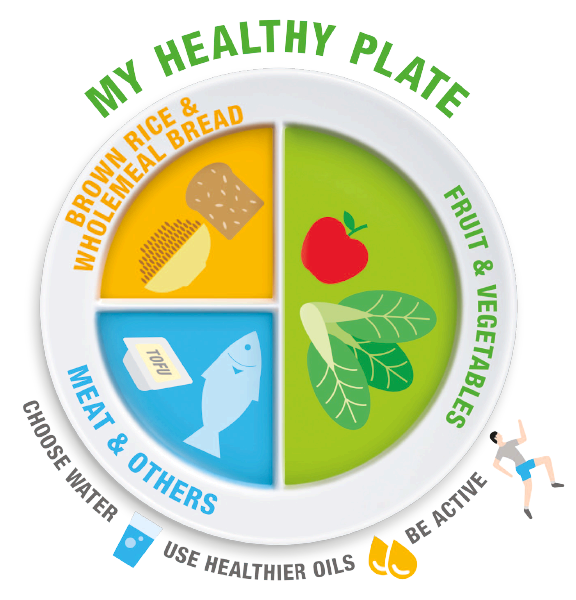
Did you know that the average Singaporean is heavier and more likely to overeat today than the decades before? According to findings by the Health Promotion Board (HPB), there has been a population-wide shift towards obesity. If we do not take actions to curb it now, we will become a fat nation in no time.
However, to do so, it is important to first understand what causes obesity and find out what can be done to overcome it.
First, the bad news. There is an obesity gene. If obesity has always been an issue in your family, you are likely to be affected by it too. With that said, it is important to know that this does not mean you need to live the rest of your life as an obese person. With the right exercises and control over diet, you will be able to overcome it.
Another main contributor is of course, food. With all the fast food joints and bubble tea stores that has opened in Singapore, it is now easier than ever to indulge in processed food that is high in sodium and sugar. When your energy intake from food and drinks exceed your total energy output, weight gain happens. Pair it with low physical activity and it will result in an energy imbalance and eventually, weight gain.
Being overweight and obese results from an energy imbalance that occurs over time. To counter this, engage in regular exercise. Exercising can help burn calories, build strength and keep our weight in check. Healthy adults are recommended to engage in at least 150 minutes of moderate and vigorous aerobic exercises, and strength training exercises for all major muscle groups at least twice a week. If you are trying to start a new exercise regime, begin with brisk walking, jogging or walking up the stairs.
Besides exercise, keep your meal portion controlled and balanced across all food groups. If you need a guide, follow the HPB’s My Healthy Plate chart to find out how to control your meal portions.

Fill a quarter of your plate with wholegrains such as brown rice or wholemeal bread. Next, fill another quarter with meat such as poultry (with skin removed), tuna, and salmon, beans, and tofu and low fat dairy products. The remaining half of your plate should be filled with fruits and vegetables.
When choosing snacks, opt for those lower in fats, sodium, sugar and higher in fibre. Instead of chips and sweets, choose healthier snacks such as fruits and vegetables. They are packed with nutrients, vitamins, minerals and can keep you full for longer periods.
Here are some examples of healthy snacks you could enjoy 1-2 servings a day.
| Fruit | apple/pear/banana/handful of grapes |
| Cherry Tomatoes | ½ cup |
| Steamed Corn | ½ cup |
| Edamame Beans (Boiled/Steamed) | ½ cup |
| Air popped popcorn (Unsalted, Unsweetened) | 2 cups |
| Nuts 30g | 30g (about a handful) |
| Low-fat Yoghurt | 1 small tub |
Limit intake of sugary drinks and food high in fats as they contain empty calories that provide no other nutritional benefits. Choose water over sweetened beverages and if you have to, drink alcohol only in moderation as it is a concentrated source of calories.